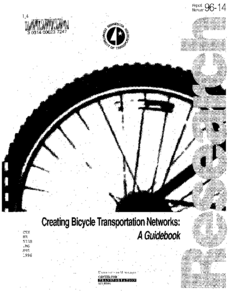Impact of Alternative Storm Water Management Approaches on Highway Infrastructure: Project Task Reports - Volume 2
Date Created
2006
Report Number
2005-49B
Description
Impact of Alternative Storm Water Management Approaches on Highway Infrastructure: Guide for Selection of Best Management Practices - Volume 1
Date Created
2006
Report Number
2005-49A
Description



